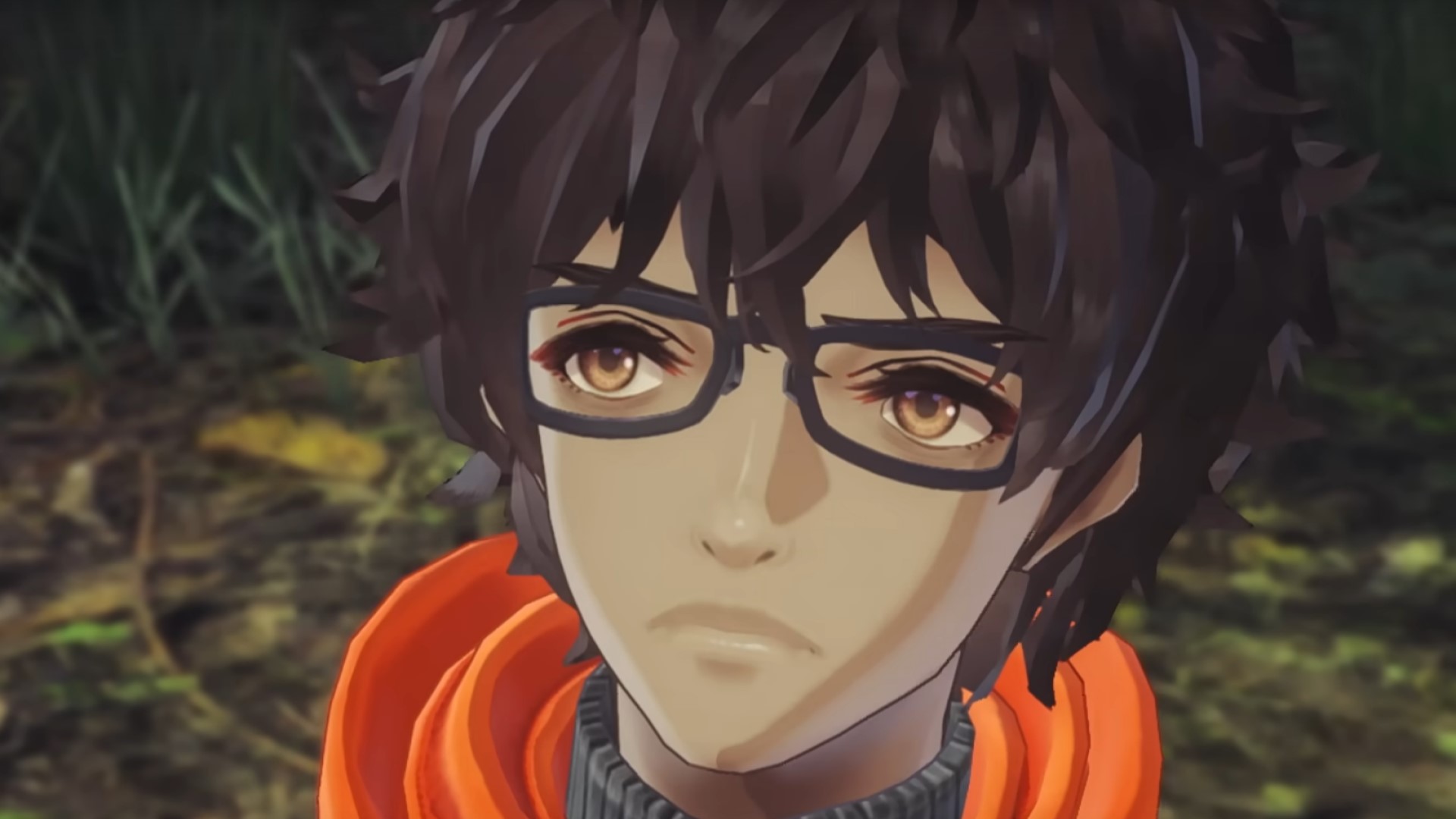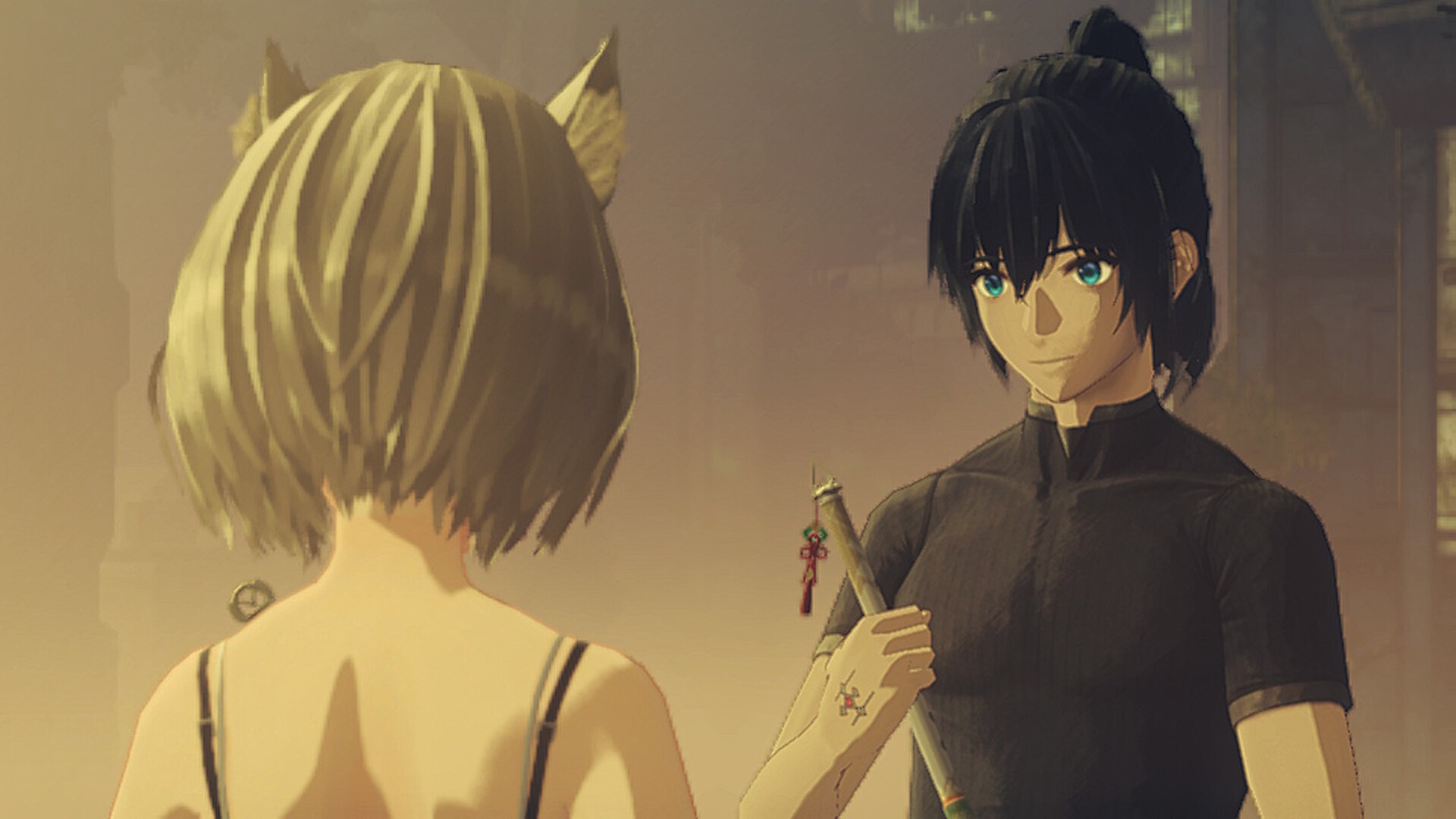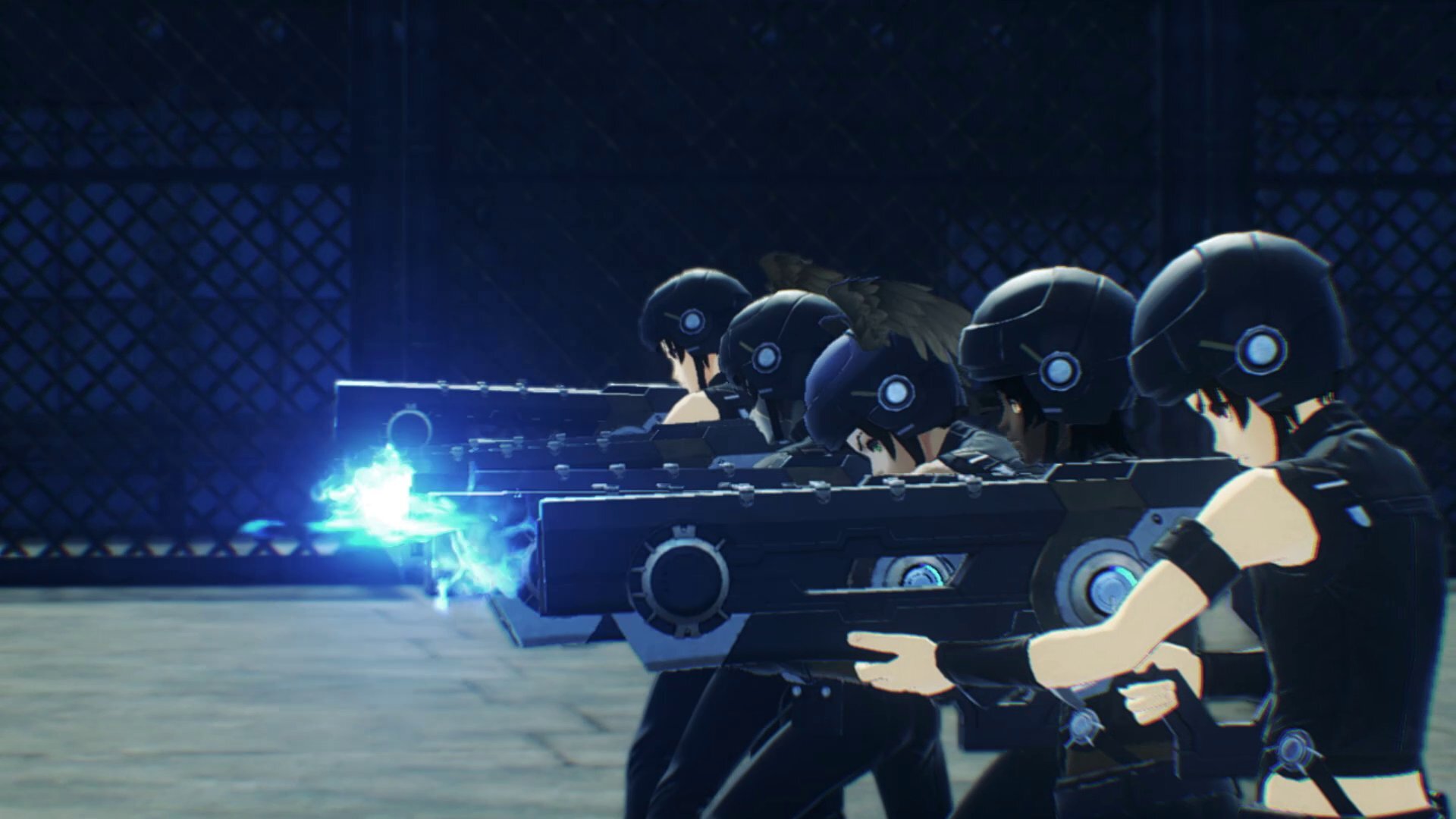I love JRPGs, but Xenoblade 3 isn't my game of the year
Clocking out

Towards the late game of Xenoblade Chronicles 3’s 70-hour story, I found myself in a luridly colorful cave, its walls festooned with bioluminescent plant life and glittering gems. Xenoblade’s environments boast some top-quality walls, but these walls really took the cake. Staring at the sides of the cave, I allowed myself a moment of introspection: why did I suddenly have opinions about all the different walls in this game? Had Xenoblade somehow caused me to become a perimeter-obsessed masonry maven?
It was then that I realized something: I’d been sticking to walls like glue so as to avoid the game’s excessive combat encounters. For a JRPG that prides itself on its dramatic and fulfilling battles, this was far from a good sign.
In the early hours of Xenoblade Chronicles 3, I found the combat fast-paced and fun. I enjoyed chaining attacks together and executing combos. The former requires you to press the attack button at the right moment, almost like a rhythm game, while the latter encourages you to inflict status ailments on enemies in a specific sequence. However, though both mechanics make battles feel dynamic to play initially, Xenoblade 3 does little to develop them over the course of the game. So little, in fact, that, by the end of the main story, I found Xenoblade 3’s walls more engaging than its repetitive combat.
Stuck on the path

Though Xenoblade Chronicles 3 presents you with a wide range of Skills (passive abilities) and Arts (moves used in combat), the mechanics are such that there is almost always an obvious, optimal configuration for tanks, damage dealers, and healers.
By making certain abilities stand head and shoulders above others, Monolith Soft has squandered what could have been a great opportunity for player agency and character customization.
For instance, if a party member has a tanking job equipped, the ‘I’ll Protect You’ and ‘Aggravator’ Skills, which generate a protective aura for your allies and help you draw your enemies’ attention respectively, are absolute musts. By making certain abilities stand head and shoulders above others, Monolith Soft has squandered what could have been a great opportunity for player agency and character customization.
Though the ability for characters to change classes seems like it might offer scope for variance, the fact remains that the classes, with the exception of the Soul Hacker, offer little to distinguish themselves beyond their unique outfits. Beyond the distinction between healers, tanks, and damage dealers, things feel mostly homogenous.
There are significant differences between some elements of the classes: such as the Heavy Guard’s use of blocking and the Zephyr’s emphasis on evasion, however, thanks to the presence of Skills and Arts that are strictly better than others, the class identities seem only surface-deep.
Sign up for breaking news, reviews, opinion, top tech deals, and more.
This becomes even more apparent when you gain the ability to equip Arts and Skills from other mastered classes. Regardless of their specific class, your characters become an optimized hodgepodge of the best abilities you have access to, at the expense of distinct class identity.
Character assasination

This may seem like a relatively insignificant flaw at first. However, when you consider the core qualities that make RPGs (J or otherwise) compelling, it becomes clear that a lack of meaningful character customization is a serious misstep.
“RPG” can be quite a loose term at times, but almost all of them place an emphasis on player choice: encouraging you to customize your experience and design characters that reflect your playstyle. Historically, this scope for character customization has allowed JRPGs to have their cake and eat it when it comes to linear stories.
Even the most linear experience feels varied and unique when you have the capacity to personally tailor the abilities of the central characters every time you play. From Final Fantasy 7 Remake’s Materia system to Dragon Quest 11’s Character Builder, even some of the most linear JRPGs out there offer tangible scope for character customization, which serve to make the experience much more personal.
Tale as old as time

Xenoblade Chronicles 3 boasts an exceptional story, brimming with memorable characters and heartbreaking twists. However, though the game offers some open-world elements, the main story is as linear as they come: the party migrates from point A to point B, plot happens, repeat. This, when combined with the lack of player choice with regard to the combat system makes for an experience that feels profoundly and overwhelmingly ‘on rails’.
This linearity is a big part of why I began to experience my combat fatigue in the first place. By the late game, combat had become sufficiently stale that hugging every wall I could find so as to avoid unnecessary battles, became the best way for me to advance the excellent story without having to wade through another predictable encounter.
While I thoroughly enjoyed my time with Xenoblade Chronicles 3 despite these flaws, there is a reason why I cannot bring myself to attempt a replay any time soon – or to crown it my game of the year. I feel as though Monolith Soft’s JRPG is so linear, both narratively and mechanically, that, over one playthrough, I have already experienced everything the title has to offer. It is not enough to fill a combat system with choices; the choices have to mean something.

An editor and freelance journalist, Cat Bussell has been writing about video games for more than four years and, frankly, she’s developed a taste for it. As seen on TechRadar, Technopedia, The Gamer, Wargamer, and SUPERJUMP, Cat’s reviews, features, and guides are lovingly curated for your reading pleasure.
A Cambridge graduate, recovering bartender, and Cloud Strife enjoyer, Cat’s foremost mission is to bring you the best coverage she can, whether that’s through helpful guides, even-handed reviews, or thought-provoking features. She’s interviewed indie darlings, triple-A greats, and legendary voice actors, all to help you get closer to the action. When she’s not writing, Cat can be found sticking her neck into a fresh RPG or running yet another Dungeons & Dragons game.